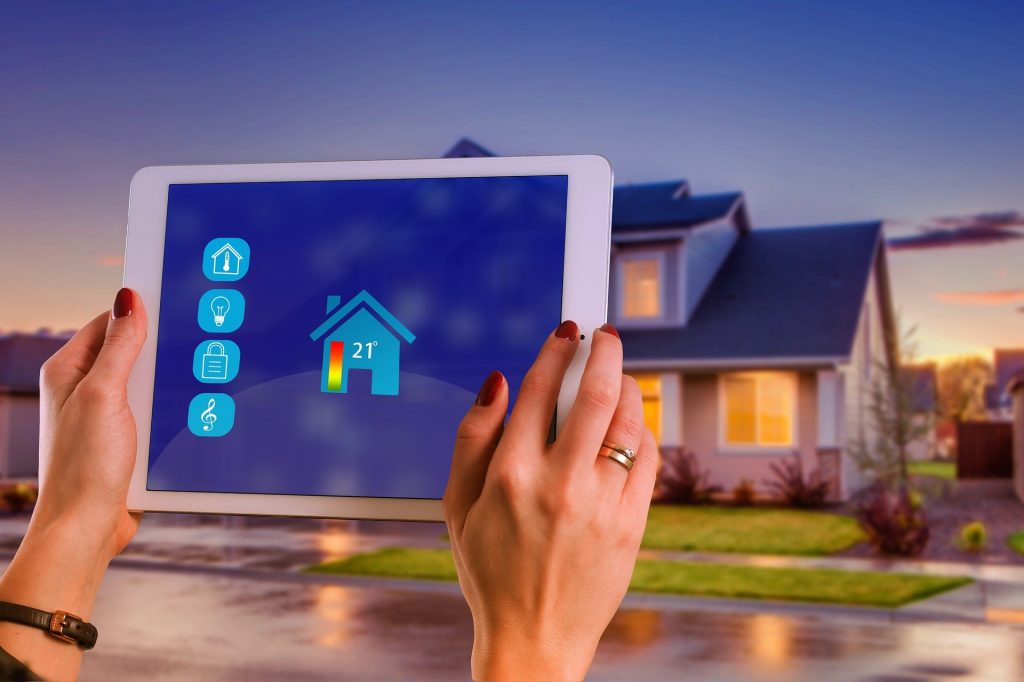Everyone goes into the home-buying process with a list of specific wants and needs. The tricky part is finding “the one” that checks off the most important features on your list while staying within your budget. This can be a challenge for anyone, but when you’re looking for an accessible home, a few extra must-haves get thrown into the mix.
Accessible Design for the Future
In the past, buyers have worried that accessibility features might decrease a home’s resale value. With Baby Boomers now in retirement, though, we’ve seen a surge in people wanting to live at home as long as possible. According to the Joint Center for Housing Studies of Harvard University, the popularity of aging in place means the demand for accessible homes will continue to rise in the coming years. This is good news for anyone with a disability because it means there are more accessible homes to choose from and more resources for making any home accessible. And because this trend isn’t going anywhere, you can also be confident that an accessible home will retain value and resale potential.
List Your Wants and Needs
Accessibility means something different to everyone, so it’s good to start by making a list of what’s most important to you. Keep these ideas in mind too because they are some of the universal design features we see most frequently.
Multiple-Height Counters: We spend so much of our lives in the kitchen, and most of your work happens at your kitchen counter. Multiple-height counters, such as the ones featured in Architectural Digest, are ideal because anyone in the family can use them with ease. Consider the location and height of appliances too. Before moving, it’s a good idea to search online for advice on the best appliances in case you need to purchase any for your new home.
Wide Halls and Doorways: Regardless of your limitations or abilities, the most important thing is to be able to move around your home easily and comfortably. When searching for a home, look for wide doorways and open spaces. For example, a floor plan with open space that has access to multiple rooms is easier to navigate than one with rooms off a narrow hallway.
Hidden Features: Some features that make a home accessible aren’t always obvious, but they’re still just as helpful. You may want to look for a zero-step entry and a level walkway leading into the home. It’s also a good idea to look for accessible upgrades like hands-free faucets and lighting. Smart home technology is another newer feature we see when we buy houses. This technology allows you to use voice commands or your mobile device to make everyday tasks easier. You can find everything from advanced thermostats to smart locks.
Narrow Your Search
Finding the Right Floor Plan: For most people, universal design means finding a home on a single level. Because more people are looking for universal design, and because open-concept floor plans are popular in general, many new construction homes will have the layout you need. Besides new construction, some time periods and styles of homes are more likely to be accessible than others. For example, many mid-century homes are single-level. Also, some homes from this era have been remodeled to make them more open.
Location: As important as it is to find the right features, don’t forget to consider location too. Do you want your home to be close to your job? Does the neighborhood you’re looking in have sidewalks or access to public transportation? You will want to consider these accessibility issues when looking at homes in different neighborhoods.
With your basic list of needs in mind, it helps to know how to find these features. Narrowing your search is a good strategy because it gives you some direction. Finding the perfect accessible home may be a challenge, but fortunately, today’s market has more options than ever.
Photo credit: Pixabay





